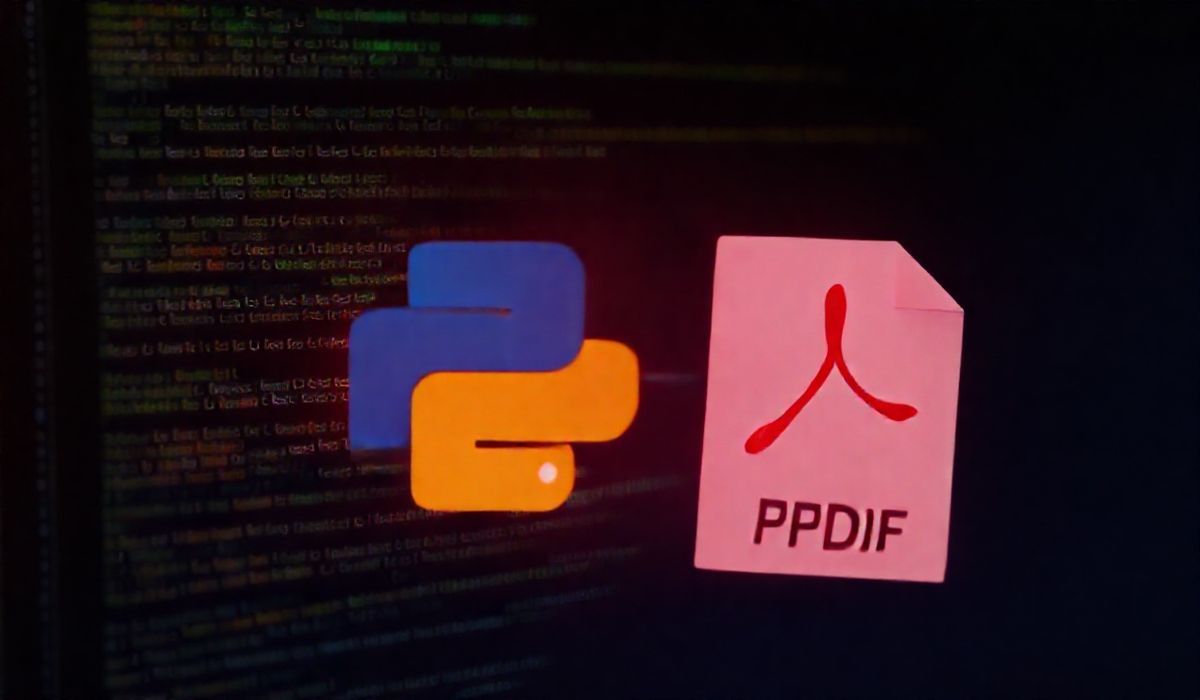Introduction to Gauge
Gauge is an open-source test automation tool that is simple and flexible to use. It aims to make test creation easy and maintainable. By utilizing the power of Markdown and rich ecosystem, users can create readable and understandable test cases.
Gauge API Examples
1. Gauge API Setup
gauge --init java
This command initializes a new Gauge project in Java. You can replace “java” with other supported languages like “ruby” or “python”.
2. Defining Specifications
Specification Heading ====================== This is a specification file where you write human-readable test steps. ## Test a feature * Step 1: Do something * Step 2: Verify something
3. Writing Steps in Java
import com.thoughtworks.gauge.Step;
public class StepImplementation {
@Step("Step 1: Do something")
public void doSomething() {
// Code to do something
}
@Step("Step 2: Verify something")
public void verifySomething() {
// Code to verify something
}
}
This example is written in Java; Gauge also supports other languages such as Ruby, Python, and C#.
4. Running Tests
gauge run specs
This command runs all the specifications present in the “specs” directory.
5. Custom Hooks
import com.thoughtworks.gauge.BeforeScenario;
import com.thoughtworks.gauge.AfterScenario;
public class Hooks {
@BeforeScenario
public void beforeScenario() {
// Code to run before every scenario
}
@AfterScenario
public void afterScenario() {
// Code to run after every scenario
}
}
Hooks are used to perform setup and teardown operations before or after scenarios.
App Example
Here’s a simple example of a to-do list application tested using Gauge APIs:
Specification
Empty the trash =============== A simple to-do list specification. ## Scenario: Adding a Task * Add a task "Buy groceries" * Verify that the task "Buy groceries" is present in the list
Step Implementation
import com.thoughtworks.gauge.Step;
import java.util.ArrayList;
import java.util.List;
public class TodoSteps {
private List todoList = new ArrayList<>();
@Step("Add a task ")
public void addTask(String task) {
todoList.add(task);
}
@Step("Verify that the task is present in the list")
public void verifyTask(String task) {
if(!todoList.contains(task)) {
throw new RuntimeException("Task not found: " + task);
}
}
}
Running the App
To run the to-do list test:
gauge run specs
As you can see, Gauge makes it easy to create readable tests that anybody can understand. It also supports multiple programming languages, making it an excellent choice for test automation.
Hash: a90fd9a9a1e66597ae124f542f73ac08d3112e7d6f5e1781163be07ccae5be0d




